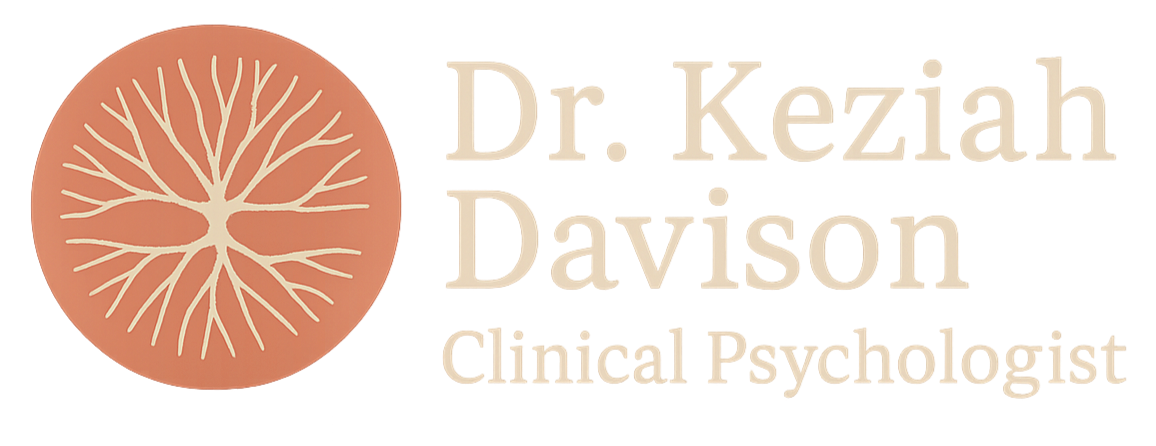My Approach
Integrative Psychodynamic
I have a particular interest in integrating psychodynamic ideas (meaning ‘related to the unconscious mind’) with insights from my background in neuroscience. I believe deeply that our emotionally significant experiences — including those we may not consciously remember — are not just stored in the mind, but are carried in the body and nervous system. Both positive and negative emotional experiences can shape how we feel, relate to others, and even our physical health. This has been demonstrated in studies that show that deeply emotional experiences can lead to significant changes in our cells and chemistry.
Integrative psychodynamic therapy supports people to explore and work through unresolved issues and recurring patterns to improve our quality of life.
Where appropriate, I also draw on Humanistic (including Existential) and Cognitive-Behavioural approaches — including Acceptance and Commitment Therapy (ACT) and Compassion-Focused Therapy (CFT) — to support emotional regulation and provide practical tools for coping day-to-day.
Collaborative & Non-Judgmental
I care deeply about the people I work with and am committed to offering a high-quality, collaborative experience. I see therapy as a shared process — one where the therapist-client relationship is central to growth.
I aim to create a space that feels safe, supportive, and free of judgment — where all parts of your experience are welcome. Compassion and curiosity are central to how I listen and respond.
Evidence-Based & Ethical
I work as a reflective scientist-practitioner, drawing on current research and established psychological theory to ground my practice in approaches shown to be effective.
I stay up to date with developments in the field through regular supervision and continuing professional development (CPD), in line with BPS and HCPC standards.
I’m also committed to ethical practice. If you come to me with a difficulty that falls outside my area of expertise, I’ll be transparent about that and support you in finding a practitioner who’s better placed to help.
